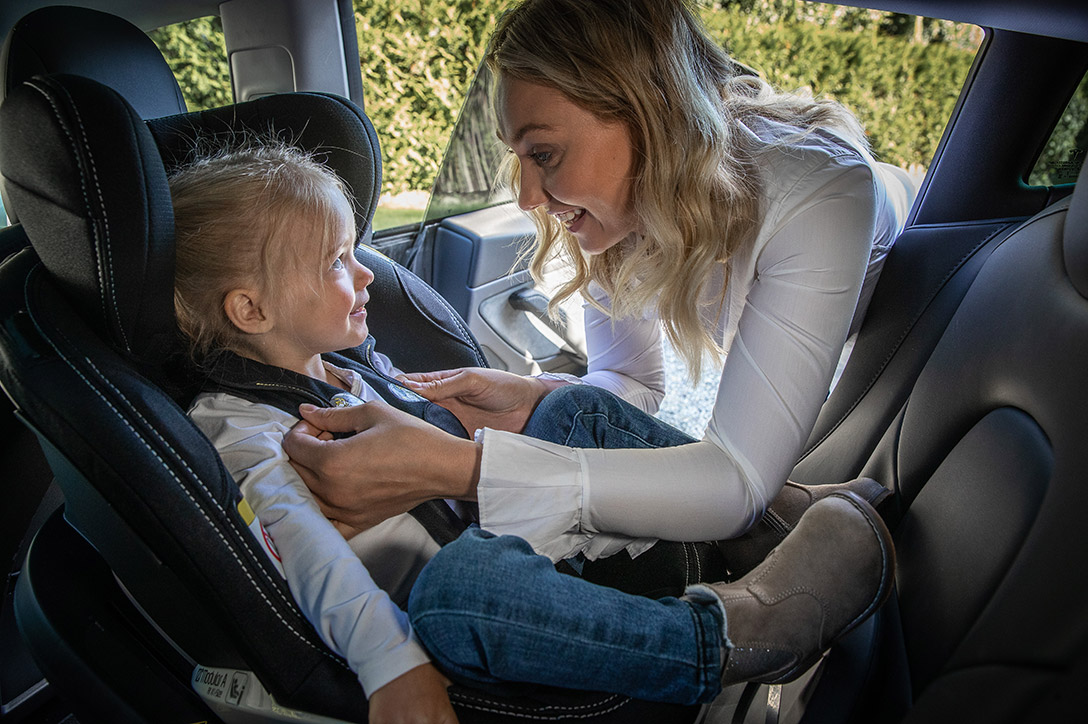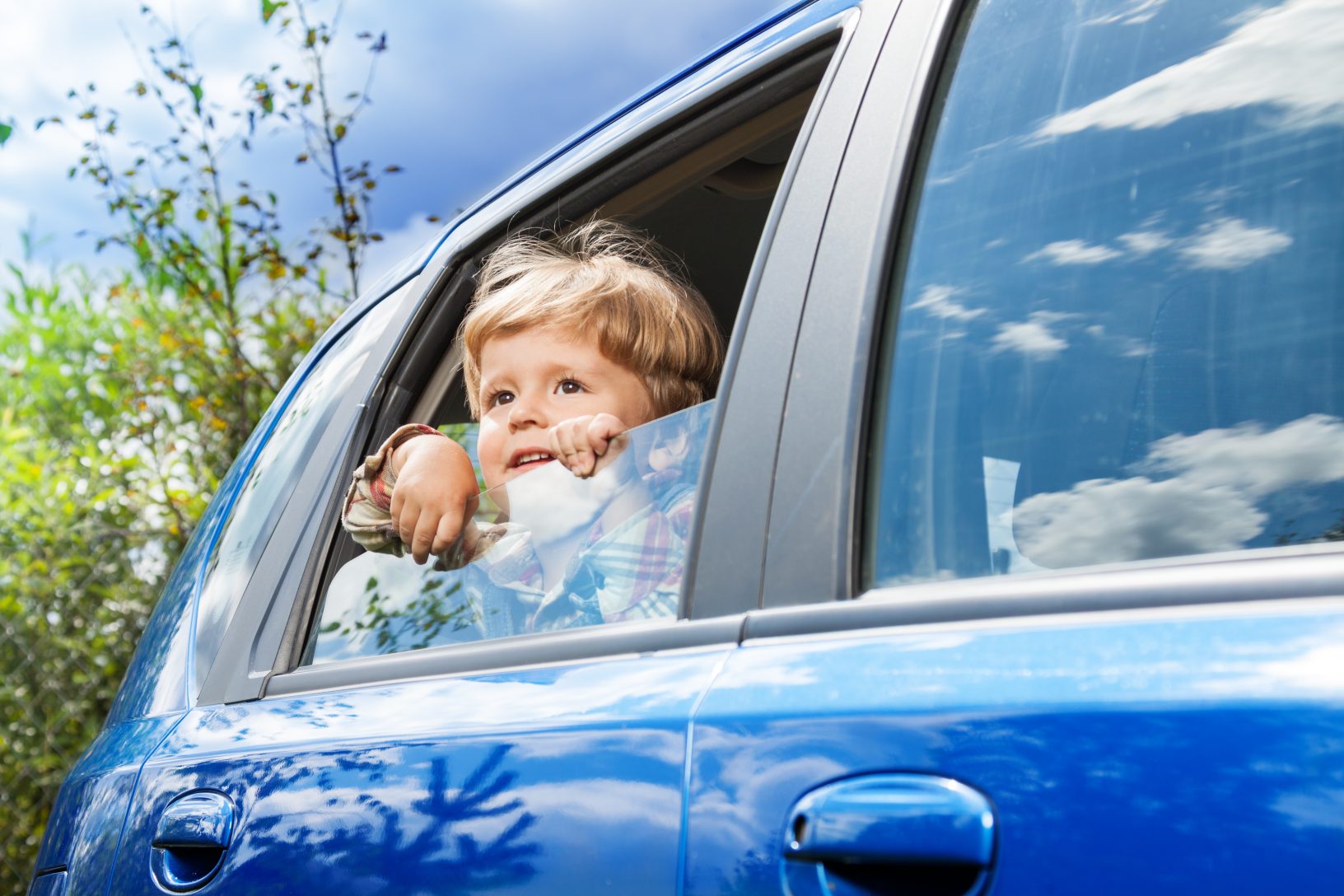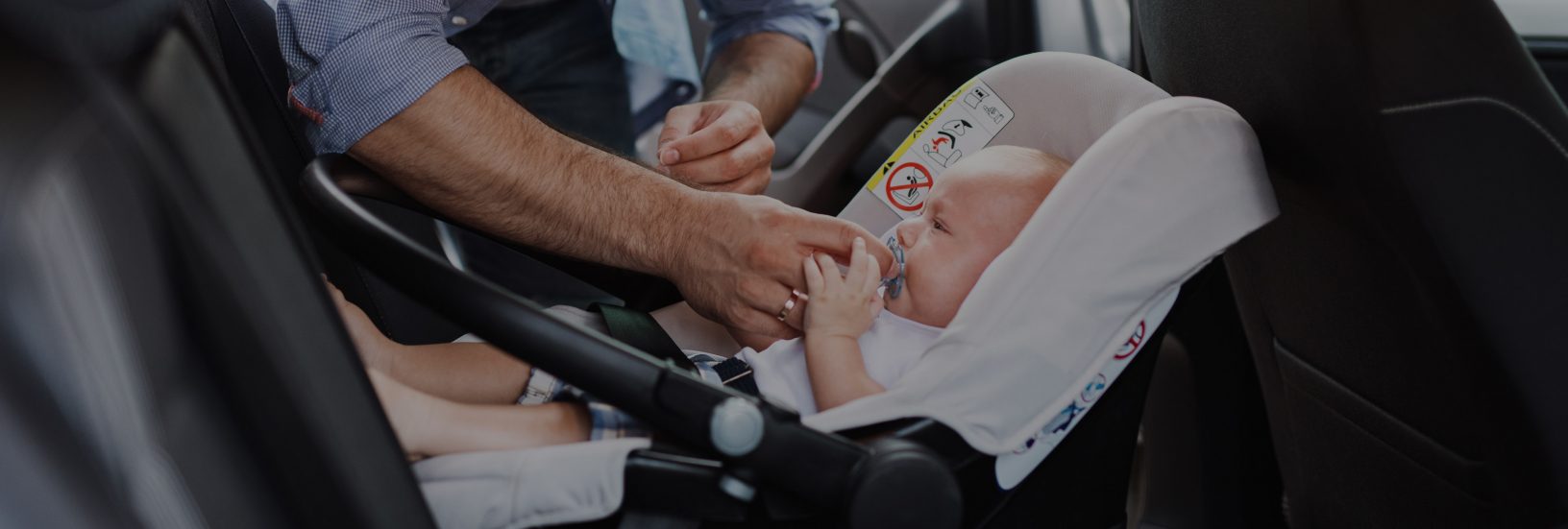Mar, 2022
Saving the forgotten children
In average, 100 children die each year from heatstroke after being left in a car too long¹. Most of them under two years of age. A tragedy that can break any family and the guilt of being responsible for your own child’s death is unbearable. And worst of all, it could happen to you.
Forgotten Baby Syndrome
“But who forgets their child in the car?” you might ask. According to the statistics, anyone can. Including the most organized, healthy, loving, and responsible parent. It even has a name, Forgotten Baby Syndrome2.
There are no common denominators in age, race, social class, education, or gender – the only thing these parents or caregivers have in common is that they are humans. And the human brain can make us forget a child in the car if we’re changing our routines or are absent-mindedly multitasking. while the child is in the car. Or if the baby is sleeping and you just need to do that quick thing, which then takes slightly longer.
A matter of minutes
It doesn’t take long for a child to die in a hot car. In fact, a car can get over heated in less than 10 minutes, and it doesn’t even have to be a hot day. With an outside temperature of only 20°C (68°F), the inside of a car quickly reaches a temperature of 50°C (122°F). It doesn’t matter if you put the windows down to leave a crack. An adult can sustain heat like that, but a small child can’t.
Heatstroke begins when the core body temperature reaches about 40°C (104 °F). A child can die when their body temperature reaches 41,6°C (107°F). Small children don’t have the ability to perspire like adults do. But essentially, their brains start to swell and after just a few minutes it’s so swollen it cuts off the blood supply. That’s what kills.
“If you can forget your lunch box at home, you can forget your child in a car.”
Why memory fails
Everyone knows that children in a hot car is a dangerous combination. So why do these tragic events still happen? As often as twice a week in Europe? Or every 9th day in the U.S.? Forgotten Baby Syndrome is not necessarily a matter of neglect, but a memory issue. If you can forget your lunch box at home, you can forget your child in a car.
We all have a part of our brain that lets us do things automatically, things that we have done many, many times before. Sometimes it can feel like we drove to work on autopilot because we really didn’t have to think about our route, we just drove according to what is stored in our memory.
This part of the brain is called basal ganglia, and when activated, it reduces our ability to remember what we really were supposed to do. Therefore, it is not uncommon in these situations where the parent affected by the Forgotten Baby Syndrome, had deviated from their normal routine. The parent acted on autopilot and tragic strikes.
“Italy is the first European country to make anti-abandonment car seat technology compulsory for those with children under four years of age.”
An illegal tragedy
Memory failure or not, leaving a child alone in a car is against the law in many countries. Today 21 states in the US have laws against it3, and in the UK it’s illegal to leave a child alone if doing so places them at risk4. In 2019, Italy became the first European country to make anti-abandonment car seat technology compulsory for those with children under the age of four5.
A problem in need of a solution
But despite the laws, the numbers of children dying from heatstroke in cars are not declining. Many of these tragic deaths could have been prevented with an alert system that reminds parents to “look before you lock.” As leaders in child safety, Holmbergs decided we had to do something. In 2020 we began exploring different technologies that could save more lives and make sure that child seat producers globally could offer a system adhering to regulations and laws for anti-abandonment.
Get connected to safety
After years of developing and testing, Holmbergs DigitalSafety™ is now available to give parents, caregivers, and drivers peace of mind. The intelligent safety system sends a notification to your smartphone your child is still in the seat when you’re away from the vehicle. This also applies if the buckle is opened while driving.
This extra dimension of security is a combination of three parts: the eBuckle™, the white-label app and the Bluetooth-enabled hub – all summed up in the name Holmbergs DigitalSafety™.
How it works
If you leave your car without unbuckling the child, Holmbergs DigitalSafety™ will send a notification to your phone 15 seconds after Bluetooth connection are lost (about 15-20 meters away from the car). If the initial notification isn’t disabled, an alarm will sound on your phone after an additional two minutes. The alarm will sound even if your phone is muted. After another two minutes, if the alarm is not disabled, a text message with the vehicle’s GPS position will be sent to all emergency contacts saved in the app. It’s the smarter, more connected way to keep you family protected. Read more about DigitalSafety™ here: Holmbergs DigitalSafety™
What you should do
If you see a child left in a car you need to act fast:
1. Check if the car door is unlocked. If it is locked, call emergency (112 in Europe). Pay attention to the license plate and the time of day. Check the state of the child and discuss with operator whether you need to break a window to get the child out.
2. Cool the child down as fast as possible. Rise the legs and let the child rest
3. Encourage the child to drink water or cool fluids containing salt and sugar, such as sports drinks.
If the child show signs of nausea, dizziness and high body temperature, the child can suffer from heatstroke which is life threatening.
Get connected
Holmbergs DigitalSafety™ sends an alert to your smartphone if…
- …the eBuckle™ is unbuckled during transportation
- …a child is left alone in a parked vehicle.
Holmbergs DigitalSafety™ works both with IOS and Android



